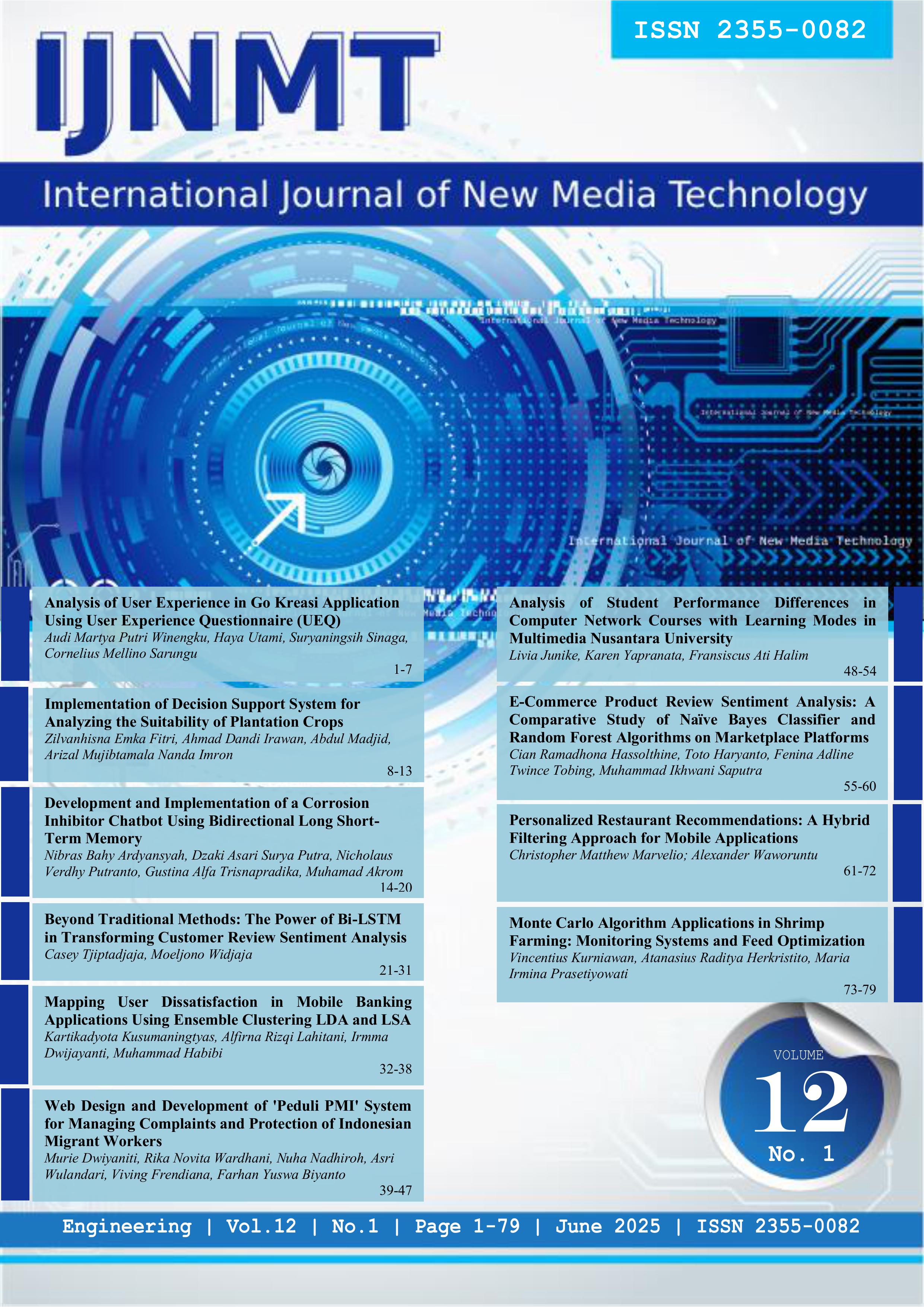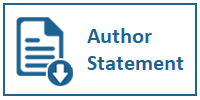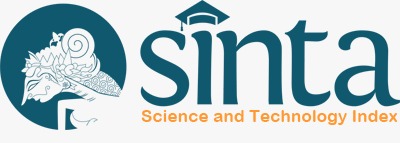Mapping User Dissatisfaction in Mobile Banking Applications Using Ensemble Clustering LDA and LSA
DOI:
https://doi.org/10.31937/ijnmt.v12i1.3804Abstract
Mobile banking has become one of the most popular choices compared to other online banking services. Google Play Store is an online application store platform provides a review section for users to give ratings and comments on the applications they use. Positive reviews typically contain good experiences that reflect user satisfaction, while negative reviews usually contain poor experiences that indicate complaints and user dissatisfaction. However, Google Play Store does not yet have a feature to automatically map the main topics in both positive and negative reviews. Specifically for negative reviews, this can make it difficult for developers to understand the root problems and take appropriate corrective actions. In some situations, negative reviews need to be handled more quickly. Slow handling of negative reviews can impact the decline in reputation and customer loyalty. This research aims to identify user dissatisfaction topics based on negative reviews of several popular mobile banking applications in Indonesia, namely BCA Mobile and BRImo.
Downloads
Downloads
Published
How to Cite
Issue
Section
License
Copyright (c) 2025 Kartikadyota Kusumaningtyas, Alfirna Rizqi Lahitani, Irmma Dwijayanti, Muhammad Habibi

This work is licensed under a Creative Commons Attribution-ShareAlike 4.0 International License.
Authors retain copyright and grant the journal right of first publication with the work simultaneously licensed under a Creative Commons Attribution-ShareAlike International License (CC-BY-SA 4.0) that allows others to share the work with an acknowledgement of the work's authorship and initial publication in this journal.
Authors are able to enter into separate, additional contractual arrangements for the non-exclusive distribution of the journal's published version of the work (e.g., post it to an institutional repository or publish it in a book), with an acknowledgement of its initial publication in this journal.
Copyright without Restrictions
The journal allows the author(s) to hold the copyright without restrictions and will retain publishing rights without restrictions.
The submitted papers are assumed to contain no proprietary material unprotected by patent or patent application; responsibility for technical content and for protection of proprietary material rests solely with the author(s) and their organizations and is not the responsibility of the IJNMT or its Editorial Staff. The main (first/corresponding) author is responsible for ensuring that the article has been seen and approved by all the other authors. It is the responsibility of the author to obtain all necessary copyright release permissions for the use of any copyrighted materials in the manuscript prior to the submission.















